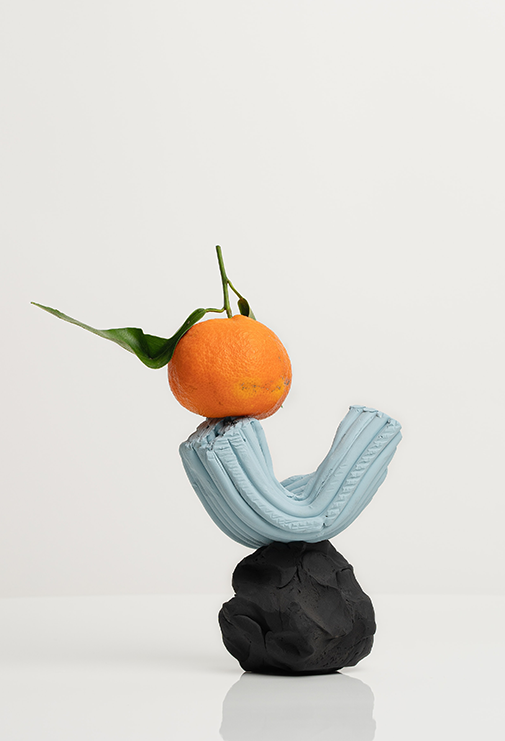- Vol. 08
- Chapter 11

“Behold, The Little Mermaid!”
Edvard Eriksen should be executed at once. She didn’t care how, or when, but die he must.
“Not authentic enough to be his model,” he’d said.
But who could possibly be a better mermaid-model than an actual mermaid?
True, she wasn’t the prettiest there was. But on the other hand, she wasn’t uglier than most, either. She was an average mermaid, by every existing standard. What people – in this case, Edvard Eriksen – seemed to forget was that her way was the true way; that every idealistic, perfect picture of mermaids was nothing but a fragment of human imagination.
Her hair, a cascading green mass down her shoulders, was green in order to resemble algae or seaweed. What good would it do her if it was any other colour? How would a skin pale as a seal’s underbelly serve her in the land of predators? Nay, the colour of starfishes, seahorses, and clownfish, the orange hue, was better in that sense. Edvard Eriksen, like most others, assumed that mermaids had green fishtails. While green is a common colour, so is also hers; a tail as blue as the fish family it derived from. Unlike popular belief, she did not have gills on her neck. Instead, she breathed through the pores in her skin whenever she was underwater. Of course, this would make her pores more pronounced, far from the porcelain alabaster-smooth skin so often depicted on mermaids in fairytales.
When she caught wind of the famous sculptor’s commission, that he had been asked to depict one of her species in honour of The Little Mermaid Ballet, she’d leapt up by his shores, more than eager to pose. Sadly, she found her dreams crushed the second he saw her.
“Behold, The Little Mermaid!”
She’d expected him to rejoice upon seeing her, an authentic Princess of the Deep Waters. Yes, Princess – her father was none other than Balthazar of the Baltic Sea, after all.
Instead, there had been mockery. Laughter. A condescending voice explaining that he’d already decided to depict a true mermaid using true beauty – his wife’s body and Ellen Price, the real little mermaid, would be the head. That whatever she was, it could not be a mermaid, for everyone knew that mermaids were beautiful beyond earthly measure. She’d fled, vowing to expel the memory of him from her mind. A vow she’d not been able to keep.
The statue, placed in Nyhavn, immortalised him. Everyone, in the sea and above, knew who he was.
So why did he feel the need to do this? How could he humiliate her like this?
She looked at the newspaper clip on the shore, crying. Inside was the story of how they’d met before the commission, together with a picture of his sculpture of her, Marina Aquarius.
An orange, leaf still swaying from its head, balances on a pale blue, U-shaped clay piece that, in turn, balances on a black clay ball. Underneath the creation’s name burned her, tormented her.
“Behold, The Little Mermaid!”
